Jan. 26 marks Chinese New Year, ushers in year of ox
By Sara Rogers
<[email protected]>
On Monday, junior Annie Tang and her family will gather together to make dumplings and distribute envelopes to celebrate a holiday recognized by her culture for around 4,700 years.
“Chinese New Year is probably the biggest Chinese holiday,” Tang said. “There are a lot of festivals and parades in China.”
Elaborate performances, vibrant colors and fireworks are all distinguishing factors of Chinese New Year, a 15-day festival filled with traditions. This year the New Year begins on Monday.
The exact day on which the New Year starts varies from year to year. The celebration, also known as the Spring Festival, begins on the first day of the first month of the year. “The date changes every year because we use an old Chinese lunar calendar,” Tang said.
The lunar cycle, from a new moon to a full moon, determines the length of a month, either 29 or 30 days. While each year begins on a different day, each year also correlates with one of the 12 animals of the Chinese Zodiac. This is the year of the ox, also known as Yi Chou.
Many traditions go along with Chinese New Year. “People make dumplings for the New Year,” Tang said. “There’s always a lot of dumplings. Then parents give their children money in a red envelope.”
The red envelope, called hong bao in Mandarin, indicates good luck and good fortune as well as happiness and abundance for the recipient. People also tend to wear red during the holiday to symbolize happiness.
According to History.com, various other foods are also symbolic during the New Year. Long noodles symbolize a long life. A sticky rice cake, also known as nian gao, made with glutinous rice represents a rich life.
“Candy trays are also popular during the New Year,” Tang said. “Kids like them a lot.” Dried fruits, sweets and other candy often fill up these trays that symbolize togetherness.
Aside from food and money, fireworks are also popular.
“China has a lot of firework shows during the new year,” Tang said.
According to an ancient Chinese myth, loud noises and bright lights were first used to ward off a wild beast called Nian.
Continuing the tradition, celebrators in China and the United States often light fireworks and firecrackers during the festival to ward off demons.
According to Youyan Zhang, president of the Indianapolis Chinese Community Center, Inc. (ICCCI), “celebrations feature games for kids, lucky money in red envelopes for children wishing a good year to come, karaoke, talent shows, Chinese food, stage performance and Chinese martial arts.”
Zhang said Chinese choirs and comedy shows are two other popular options during New Year festivities.
The ICCCI hosted its 14th annual Chinese New Year celebration here on Jan. 17 that all students could attend. This year was the third year CHS hosted the event in the auditorium.
The ICCCI also hosts a table tennis competition to celebrate the New Year on Feb. 7, the 13th day of the 15-day festival.
Aside from ICCCI events, the Chinese Community Church of Indianapolis hosts their own celebration on Feb. 1 as well as a traditional Chinese New Year hotpot party on Feb. 7th.
According to Zhang, the Carmel Arts and Design District will display traditional Chinese lanterns during the 15-day festival.
Zhang also said that the last day of the New Year is the Festival of Lanterns. These lanterns are colorful, predominantly red, and sometimes also display a Chinese symbol for happiness or good fortune on them.
“Carmel is becoming a good example of a diversified city with talents from around the world including China,” Zhang said.
With festive fireworks, traditional food and colorful performances, “Chinese New Year is a very spirited holiday.” Tang said. “Everyone from kids to adults get involved.”



















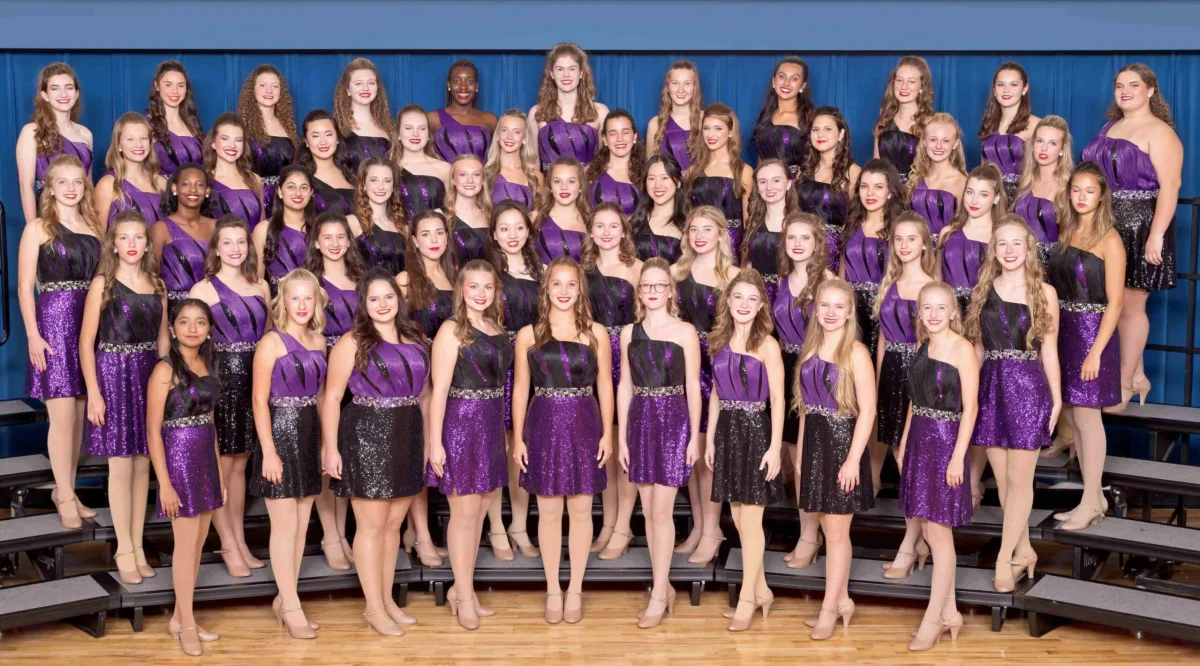

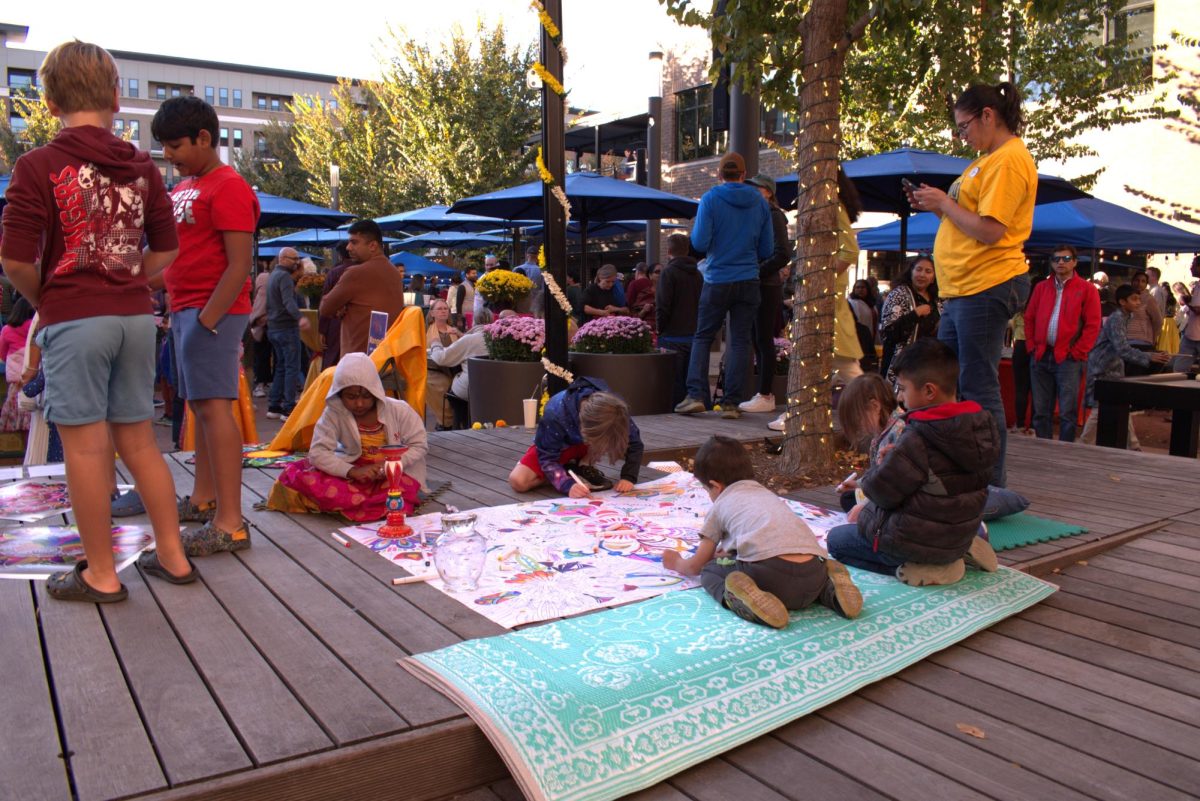
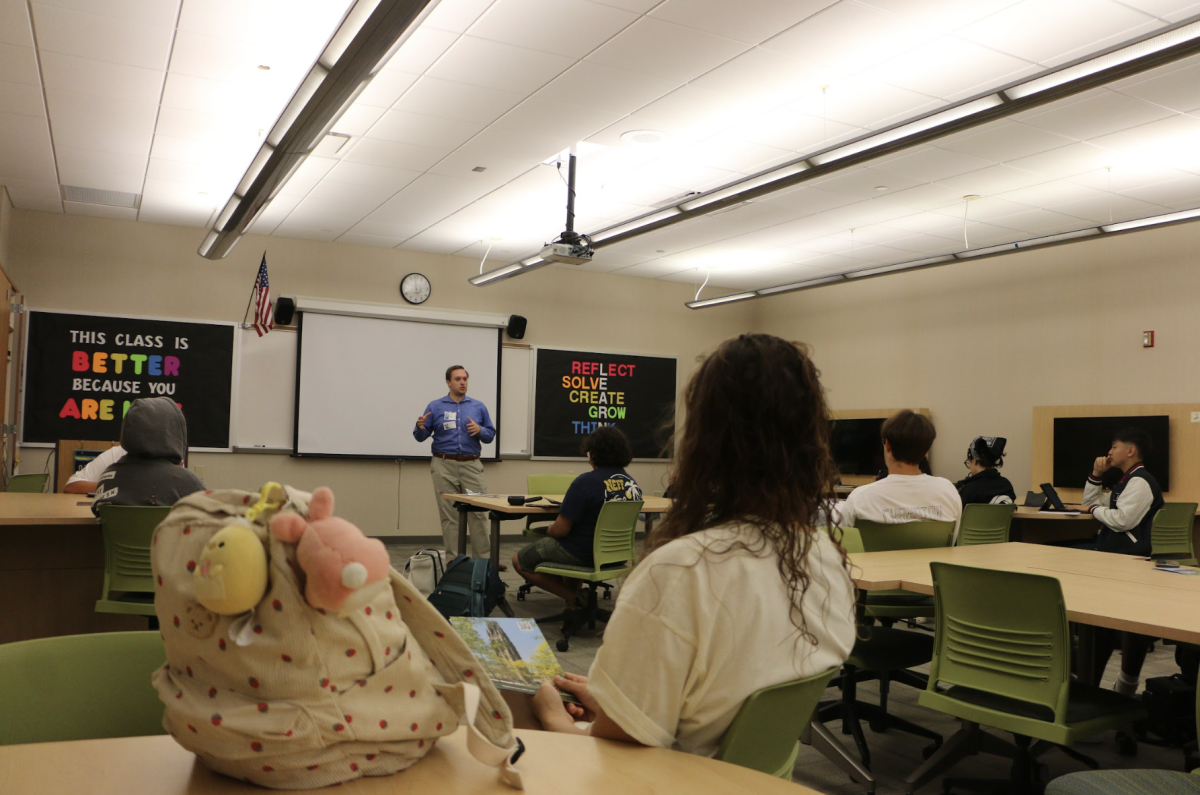
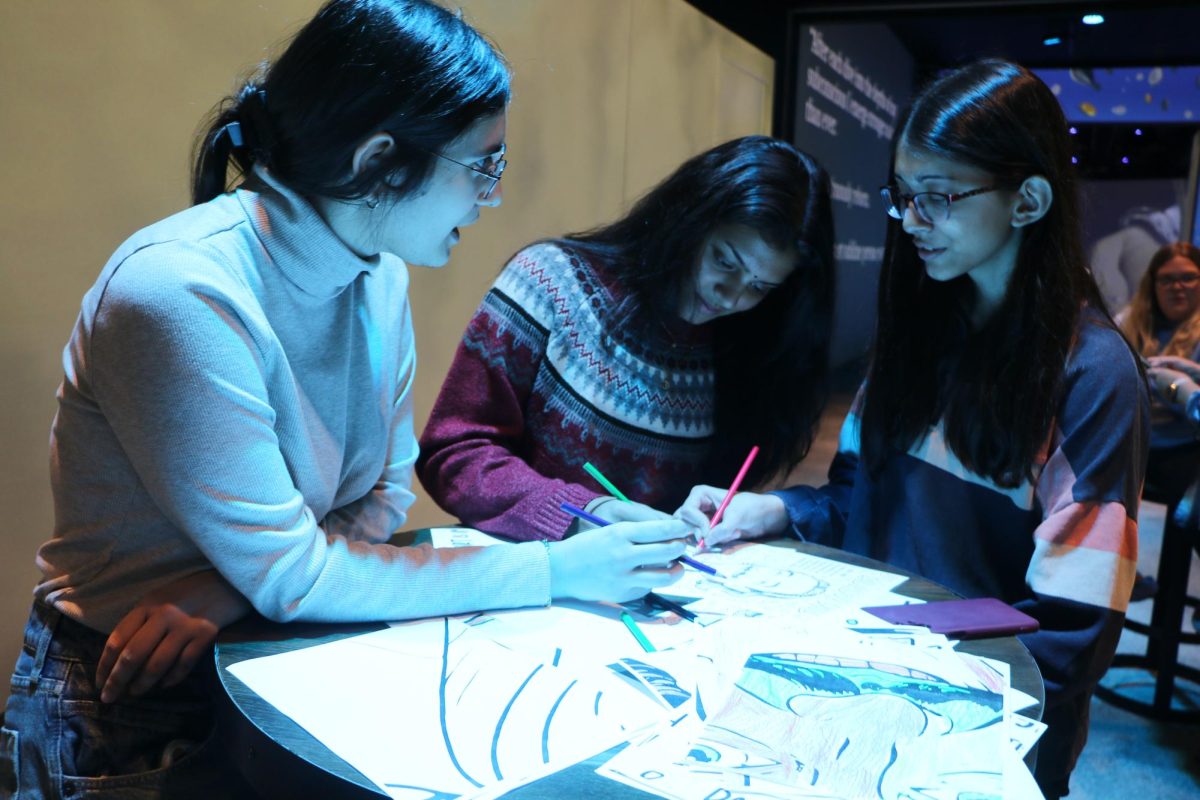






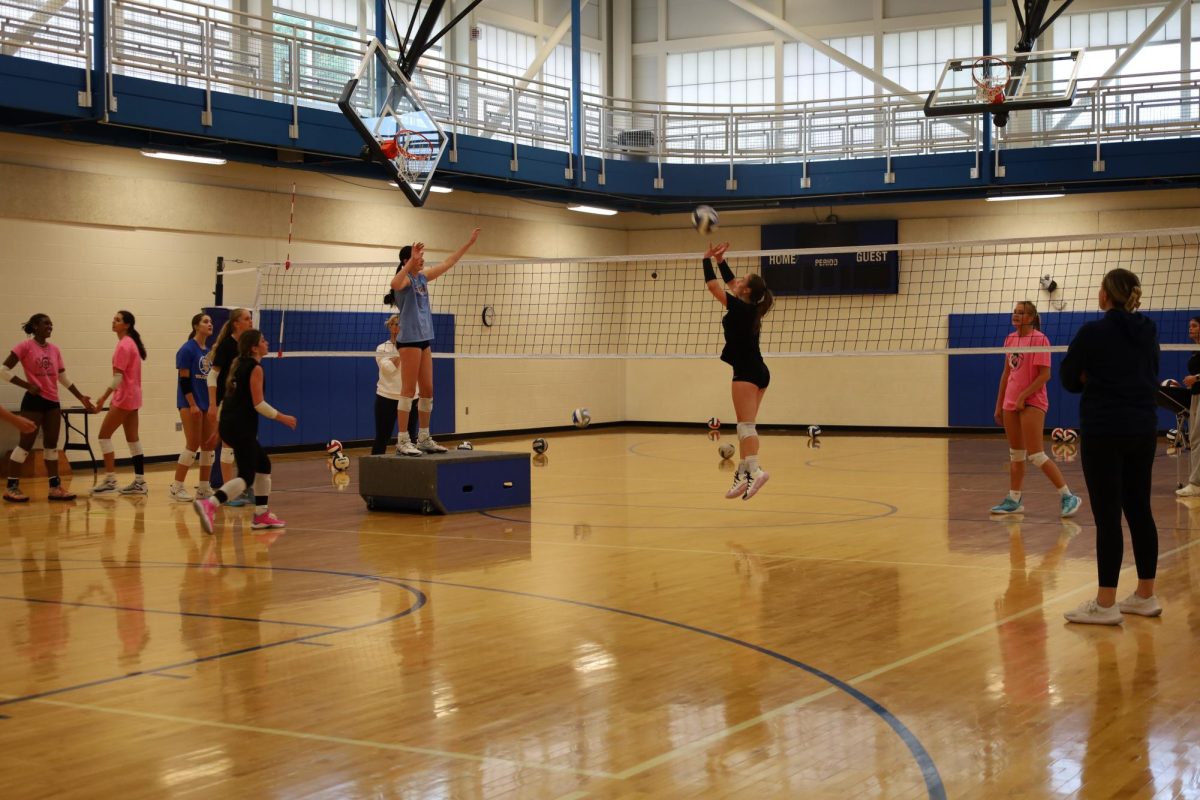
!["Wicked" poster controversy sparks a debate about the importance of accuracy versus artistic freedom [opinion]](https://hilite.org/wp-content/uploads/2024/11/riva-perspective-cover-1200x471.jpg)


![Chilling or Childish? The downfall of modern horror movies [opinion]](https://hilite.org/wp-content/uploads/2024/10/adjusted-horror-cover-1200x471.jpg)
![“Uglies” is a call for change in the YA dystopian genre [opinion]](https://hilite.org/wp-content/uploads/2024/10/Perspectives-Cover-1200x471.jpg)


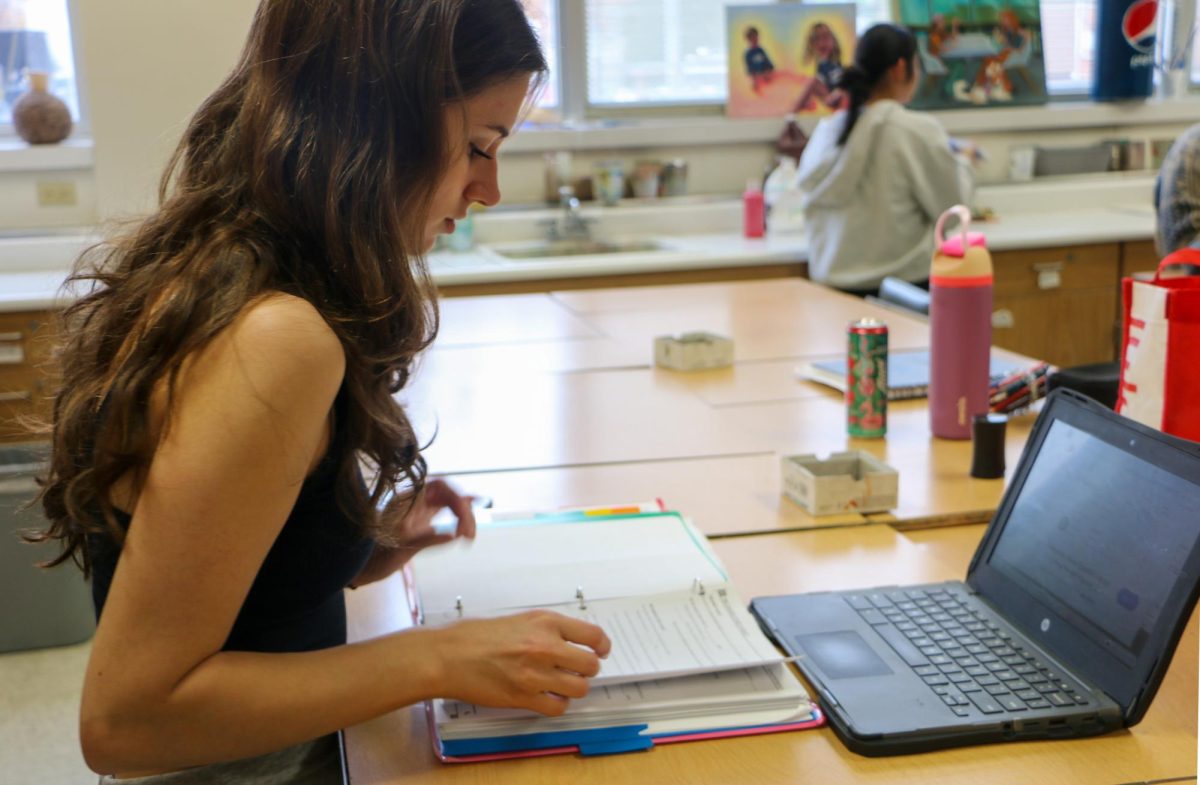

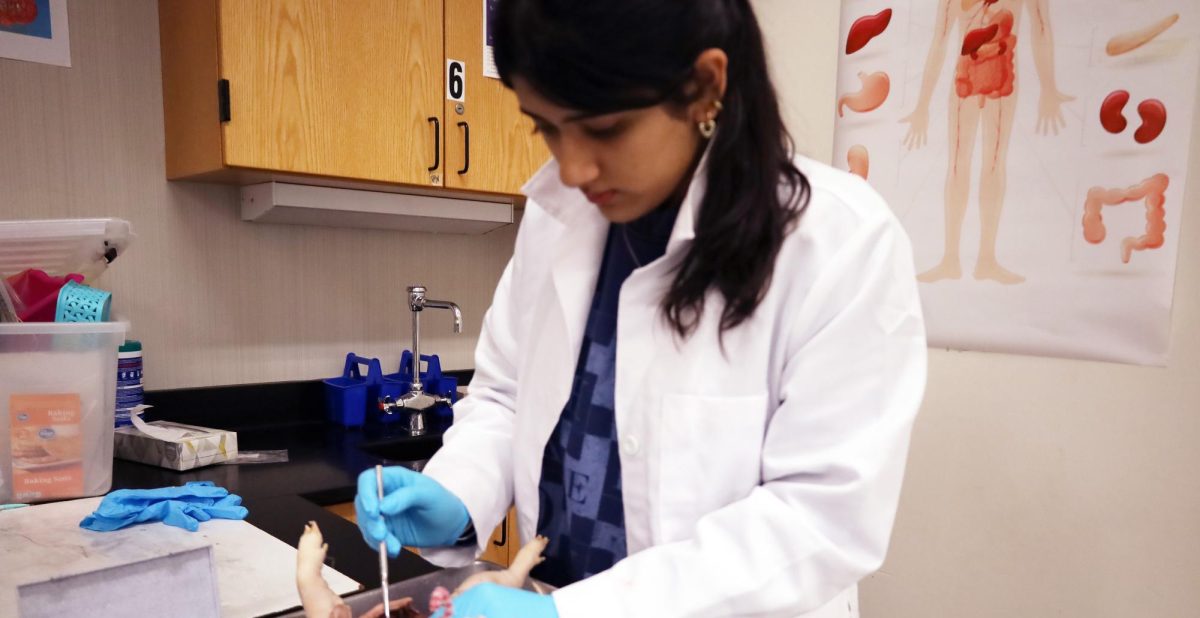






























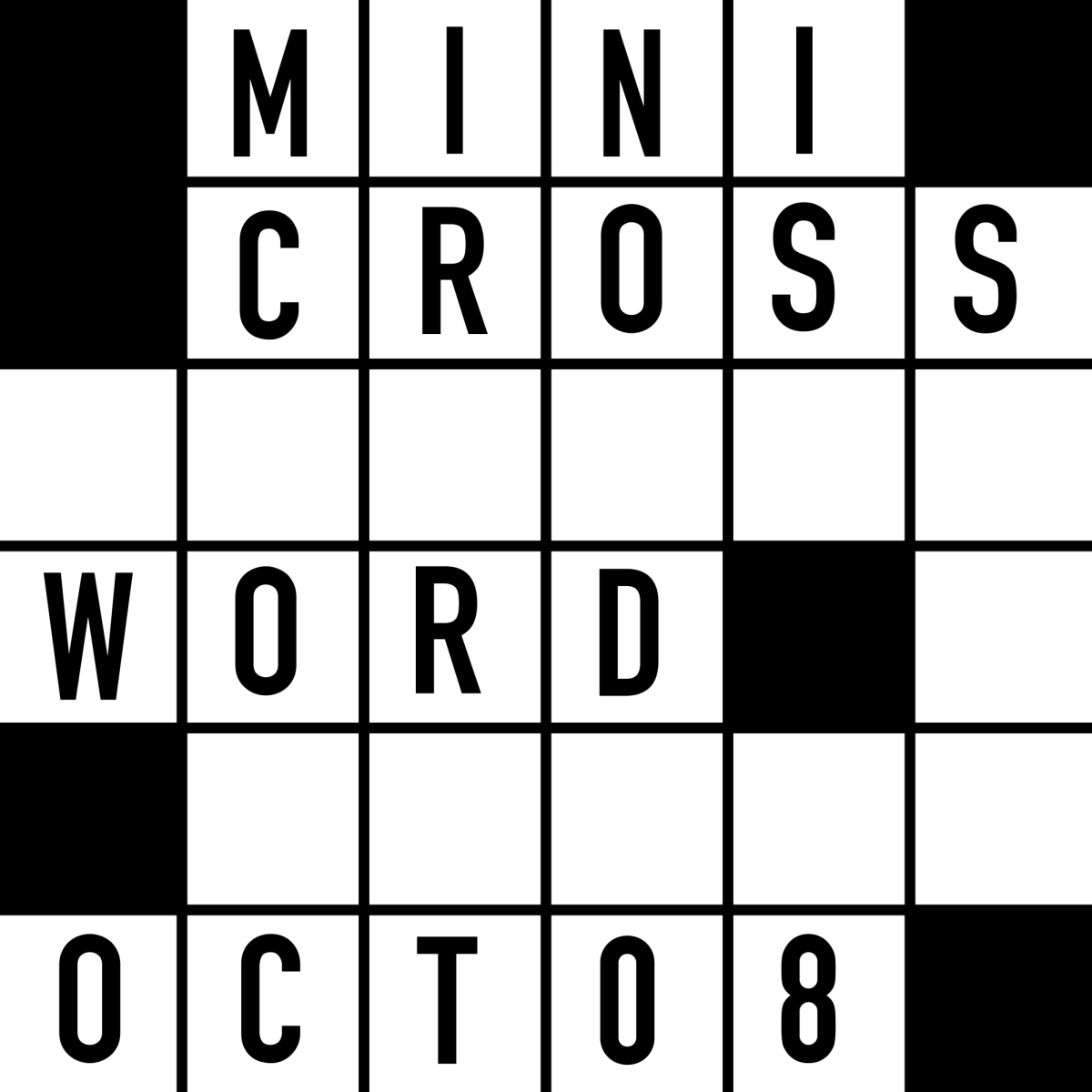








![Review: Indy Scream Park is a perfect level of spook to kickstart the Halloween season [MUSE]](https://hilite.org/wp-content/uploads/2024/11/IMG_1383.jpg)
![Review: “Saturday Night” is a chaotic and thrilling look at the origins of “Saturday Night Live” [MUSE]](https://hilite.org/wp-content/uploads/2024/10/snl-1200x800.jpg)
![Review: “Megalopolis” is a bold, bewildering mess [MUSE]](https://hilite.org/wp-content/uploads/2024/10/MV5BYTk3MjUzMGItYmU1NC00M2YyLThmNDMtNDI4NjkxNjgzMjQzXkEyXkFqcGdeQXRyYW5zY29kZS13b3JrZmxvdw@@._V1_-1200x675.jpg)
![Review in Print: Maripaz Villar brings a delightfully unique style to the world of WEBTOON [MUSE]](https://hilite.org/wp-content/uploads/2023/12/maripazcover-1200x960.jpg)
![Review: “The Sword of Kaigen” is a masterpiece [MUSE]](https://hilite.org/wp-content/uploads/2023/11/Screenshot-2023-11-26-201051.png)
![Review: Gateron Oil Kings, great linear switches, okay price [MUSE]](https://hilite.org/wp-content/uploads/2023/11/Screenshot-2023-11-26-200553.png)
![Review: “A Haunting in Venice” is a significant improvement from other Agatha Christie adaptations [MUSE]](https://hilite.org/wp-content/uploads/2023/11/e7ee2938a6d422669771bce6d8088521.jpg)
![Review: A Thanksgiving story from elementary school, still just as interesting [MUSE]](https://hilite.org/wp-content/uploads/2023/11/Screenshot-2023-11-26-195514-987x1200.png)
![Review: "When I Fly Towards You", cute, uplifting youth drama [MUSE]](https://hilite.org/wp-content/uploads/2023/09/When-I-Fly-Towards-You-Chinese-drama.png)
![Postcards from Muse: Hawaii Travel Diary [MUSE]](https://hilite.org/wp-content/uploads/2023/09/My-project-1-1200x1200.jpg)
![Review: "Ladybug & Cat Noir: The Movie," departure from original show [MUSE]](https://hilite.org/wp-content/uploads/2023/09/Ladybug__Cat_Noir_-_The_Movie_poster.jpg)
![Review in Print: "Hidden Love" is the cute, uplifting drama everyone needs [MUSE]](https://hilite.org/wp-content/uploads/2023/09/hiddenlovecover-e1693597208225-1030x1200.png)
![Review in Print: "Heartstopper" is the heartwarming queer romance we all need [MUSE]](https://hilite.org/wp-content/uploads/2023/08/museheartstoppercover-1200x654.png)




